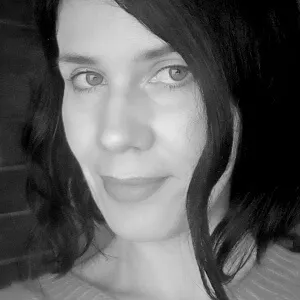The Secret of the Cancerless Village


Written and verified by psychologist Valeria Sabater
Cancer is without a doubt one of our greatest concerns as a society. Science and medicine have tried to unravel its mechanisms, in order to offer patients more treatment options. In Lajo, Ecuador, there’s a cancerless village with a special group of people.
The cancerless village
To understand a little more about this incredible place it’s necessary to tell you about a genetic condition: Laron syndrome.
Laron syndrome is a rare, hereditary disease that causes a deficiency in growth. Moreover, this genetic trait creates 100% immunity to cancer and also diabetes.
Let’s explore in more detail.
Laron syndrome: 350 people worldwide
Laron syndrome was first discovered in the early 1950s by Zvi Laron, a doctor from Israel. He was interested in a group of patients who lived in a tiny village and had a very small in size.
Also discover How diabetes affects the digestive system
Their physical condition went hand in hand with excellent overall health. In fact, they could eat whatever they wanted and never suffer from diabetes or cancer.
After more than 30 years of research, in 2001 he published his findings. Broadly speaking, these are the key things he found:
- Laron syndrome affects 350 people around the world. The majority of them reside in the Valley of Vilcabamba, in Loja, Ecuador. The rest live in Israel and some Mediterranean countries.
- People who have this genetic condition have very small bodily proportions: they are rarely over three feet tall.
- In addition to their small size, they share certain physiognomic features.
- The origin of this syndrome is a deficiency in growth hormones.
Although the growth hormone, or GH, is produced at normal levels, a lack of another hormone, IGF-1, prevents GH from being metabolized throughout the body.
- This syndrome can only be transmitted when both the mother and father carry the gene.
Laron syndrome – no cancer or diabetes
People with this genetic condition lead a normal life. Aside from their small size, they don’t experience any illnesses or other physical problems. Regardless of diet or lifestyle, they never develop diabetes or cancer.
Read more: WHO Findings on Meat and Cancer

The causes for this strange immunity could be the following:
- The key to everything lies in the liver and IGF-1 hormone.
- IGF-1 is essential for growth, but also to promote cellular division. This could potentially facilitate the spread of cancer.
- Individuals with Laron syndrome are more sensitive to insulin. This allows them to slow the onset of diabetes and other problems related to metabolism.
- The biggest issue for these people occurs during childhood, because they do not develop as they should.
- Once they reach adulthood, however, the deficit in the production of IGF hormone acts as an excellent protection against cancer and diabetes.
A challenge for science, and hope for those with Laron syndrome
Historians believe that people affected wuth Laron may be descendants of Spanish Sephardic Jews. These are jews who converted to Christianity and migrated to South America in the sixteenth century.
Regardless, they have always had to face mockery and the social stigma of being “different.”
We recommend reading Pancreatic cancer rates are rising
Today science is trying to unravel the mechanism of this hormone to imitate it, creating a revolutionary medication to slow the onset of cancer.
So far, experiments are only being carried out in the lab.

Meanwhile, there is now hope for those with Laron syndrome. Children diagnosed with Laron’s have the option of receiving a synthetic form of the IGF-1 hormone. The problem is the cost: around $20,000 a year.
That’s something that few people can expect to pay. Hopefully, there is a bright future for this cancerless village, and a cure for cancer in the near future.
All cited sources were thoroughly reviewed by our team to ensure their quality, reliability, currency, and validity. The bibliography of this article was considered reliable and of academic or scientific accuracy.
- Insulin-like growth factor 1 (IGF-1): a growth hormone: https://www.ncbi.nlm.nih.gov/pubmed/11577173
This text is provided for informational purposes only and does not replace consultation with a professional. If in doubt, consult your specialist.








